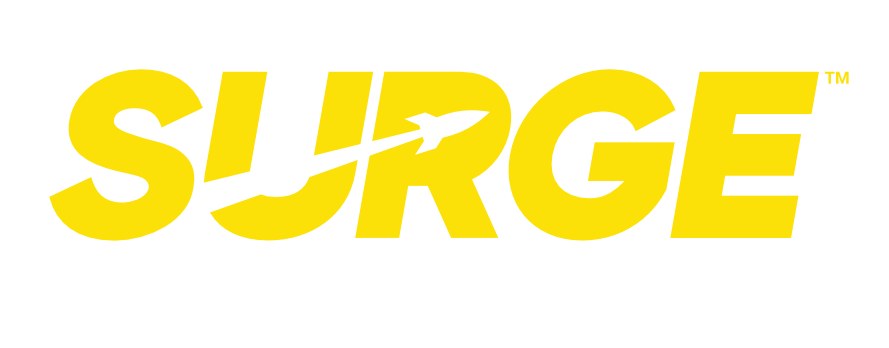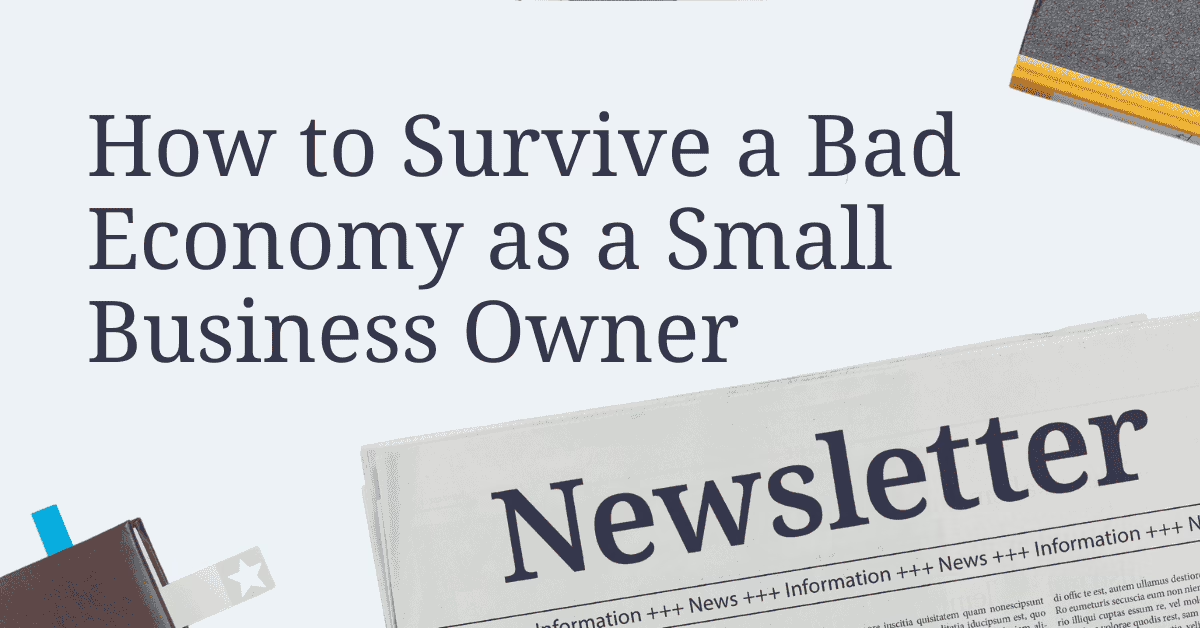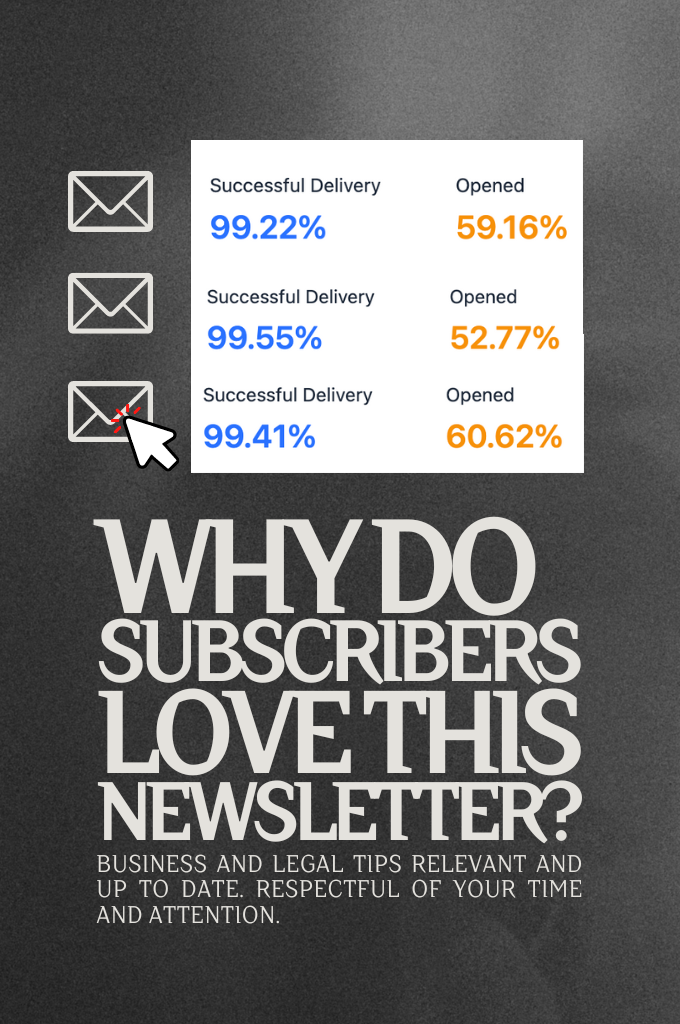How to Survive a Bad Economy as a Small Business Owner
Many business owners are struggling right now because they have fewer customers spending less money. Their overhead is not going down but their income is. Let’s understand why this is happening and how to thrive even when you’re feeling beat up by the economy.
Is the Economy Really Struggling?
Yes, we’re seeing waves of businesses closing and others announcing cost-cutting measures. In Iowa, there have been many ag-related layoffs this summer and John Deere, one of Iowa’s largest employers, just announced a huge reduction in sales.
McDonalds recently announced they are extending their $5 meal promotion because they need more people in the stores. It was slated to end in July but they continued it through to August.
When I hear a business is closing I go to their Google Business Profile and grab a screenshot so that I can remember them. My list of screenshots is getting way too long. And there are many more businesses hanging on by a thread.
Why is the Economy Struggling?
There are a lot of reasons but remember that the economy is emotionally driven. When people feel poor they spend differently and spend less. When they stop spending money then businesses stop receiving money, causing the business owners to feel poor. Businesses are then forced to lay off workers or close their doors.
When people feel like the economy is bad soon the economy actually is bad! This is because a healthy economy, like a healthy business, has a positive cash flow. Cash flows from consumers, to businesses, from businesses to employees, the employees are consumers so their cash then flows back into the economy.
We are in an election year and there is an incumbent president. Politicians wanting to unseat an incumbent need to show the world that the economy is worse because of the last four years. This negativity has an impact on consumers.
Furthermore, this is an easy sell because we’ve had a crazy economy for the last four years! We had Covid, which shut many businesses down. Then we had a supply shortage where many things were not available to purchase. Then we had crazy inflation. It’s been hard on everyone.
How do Businesses Thrive in a Down Economy?
There are many ways to thrive but none of them are easy. First, remember that as a business owner you have three things you can adjust:
- Your overhead / expenses – you can work on reducing your expenses
- The total number of sales – you can try to get more customers to come to your business
- Your profitability – you can shift your focus on products or services that are more profit
Here’s how this works.
Imagine a restaurant – The owner can reduce staff hours as a way to cut costs. They can also take a couple expensive items off the menu – for example, take fresh lobster off the menu. You can also close one day per week on your slowest day.
The owner can do marketing to get more people to come into the store. This is what McDonald’s is doing with their $5 meal. They are sacrificing profit to get more people into the store. For some businesses this is an excellent move because they need volume to survive.
The owner can also emphasize more profitable items. For example, spaghetti and meatballs is a cheap meal to prepare compared to chicken parmesan. If they both cost the same then if the owner can get more people to buy spaghetti then profits will go up.
What can your business do now?
Step 1: Cut costs. Start with big costs first. Look for ways to spend less money when possible. That may mean, as an owner, you work a little more and give some of your employees a few less hours.
Step 2: Look for recession-proof products to sell. There are some things people buy no matter how bad the economy is. They’ll buy groceries, they’ll buy gas for their car. They will buy necessities. Can you offer any services like this?
Step 3: Emphasize high-value products. Show how people get a lot for their money by buying these products. McDonalds offers a cheese burger, french fries, nuggets and a drink for $5. Many people would say that sounds like a lot of food for such a little price–that’s what you should try and do.
Step 4: Identify which of your products and services have the highest profit. Consider both highest total profit and highest profit margin. For example, if you have one product that is $100 but it’s $90 profit, then you have a total profit of $90 and a profit margin of 90%. But another product may cost $500 and a profit margin of $250. That gives you $250 total profit but only a 50% margin. You want to maximize your profit! If the $100 products are an easy sell then sell them. But if a $100 sale takes away a $500 sale then don’t do it.
When will the Economy Recover?
I do not have a crystal ball but typically “consumer sentiment” improves with good news and the results are often felt quickly.
Having the presidential election done will help. While we all have opinions on who should be president, the market generally doesn’t care. There will be a positive spin that should lift the mood of consumers. The Fed is preparing to announce a decrease in interest rates on certain loans. They lower the rates to stimulate economy. If they make an announcement in Sept it will probably also help consumers feel safer to spend money and kickstart cash flow.
But a lot can change. Increased tensions related to war and conflict can have the opposite effect and there’s too much tension already.
I hope that we see businesses recovering soon. Contact us if you or your business needs help. There’s no cost for an initial meeting!
Also, we have a wealth of resources for business owners. If you have a business, check it out.


